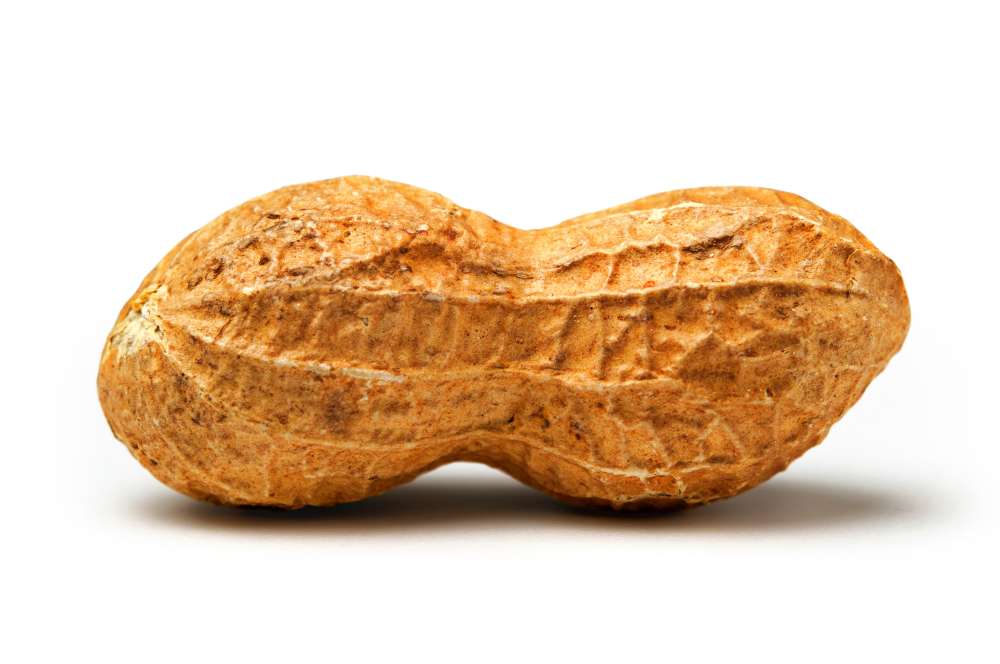September is National Cholesterol Education Month, which means it’s a good time to get your blood cholesterol levels checked and to take steps to lower it if it is high.
What is Cholesterol?
Cholesterol is a waxy, fat-like substance found in your body and many foods. Your body needs cholesterol to function normally and it makes all that you need.
Too much cholesterol can build up in your arteries. After a while, these deposits narrow your arteries, putting you at risk for heart disease and stroke.
Good vs Bad
Cholesterol can't dissolve in the blood. It must be transported through your bloodstream by carriers called lipoproteins, which got their name because they’re made of fat (lipid) and proteins.
The two types of lipoproteins that carry cholesterol to and from cells are low-density lipoprotein (LDL) and high-density lipoprotein (HDL). LDL cholesterol and HDL cholesterol, along with one fifth of your triglyceride level, make up your total cholesterol count.
Bad Cholesterol (LDL)
LDL cholesterol is considered the “bad” cholesterol because it contributes to plaque, a thick, hard deposit that can clog arteries and make them less flexible. This condition is known as atherosclerosis. If a clot forms and blocks a narrowed artery, heart attack or stroke can happen.
Good Cholesterol (HDL)
HDL cholesterol is considered “good” cholesterol because it acts as a scavenger and carries LDL cholesterol away from the arteries and back to the liver, where it is broken down and passed from the body. A healthy level of HDL cholesterol may protect against heart attack and stroke, while low levels of HDL cholesterol have been shown to increase the risk of heart disease.
Triglycerides
Triglycerides are another type of fat and are used to store excess energy from your diet. High levels of triglycerides in the blood are associated with atherosclerosis and are often caused by obesity, physical inactivity, cigarette smoking, excess alcohol consumption and a diet very high in carbohydrates (more than 60 percent of total calories). Many people with heart disease or diabetes also have high triglyceride levels.
Cholesterol is a waxy, fat-like substance found in your body and many foods. Your body needs cholesterol to function normally and it makes all that you need.
Too much cholesterol can build up in your arteries. After a while, these deposits narrow your arteries, putting you at risk for heart disease and stroke.
Good vs Bad
Cholesterol can't dissolve in the blood. It must be transported through your bloodstream by carriers called lipoproteins, which got their name because they’re made of fat (lipid) and proteins.
The two types of lipoproteins that carry cholesterol to and from cells are low-density lipoprotein (LDL) and high-density lipoprotein (HDL). LDL cholesterol and HDL cholesterol, along with one fifth of your triglyceride level, make up your total cholesterol count.
Bad Cholesterol (LDL)
LDL cholesterol is considered the “bad” cholesterol because it contributes to plaque, a thick, hard deposit that can clog arteries and make them less flexible. This condition is known as atherosclerosis. If a clot forms and blocks a narrowed artery, heart attack or stroke can happen.
Good Cholesterol (HDL)
HDL cholesterol is considered “good” cholesterol because it acts as a scavenger and carries LDL cholesterol away from the arteries and back to the liver, where it is broken down and passed from the body. A healthy level of HDL cholesterol may protect against heart attack and stroke, while low levels of HDL cholesterol have been shown to increase the risk of heart disease.
Triglycerides
Triglycerides are another type of fat and are used to store excess energy from your diet. High levels of triglycerides in the blood are associated with atherosclerosis and are often caused by obesity, physical inactivity, cigarette smoking, excess alcohol consumption and a diet very high in carbohydrates (more than 60 percent of total calories). Many people with heart disease or diabetes also have high triglyceride levels.





 RSS Feed
RSS Feed






